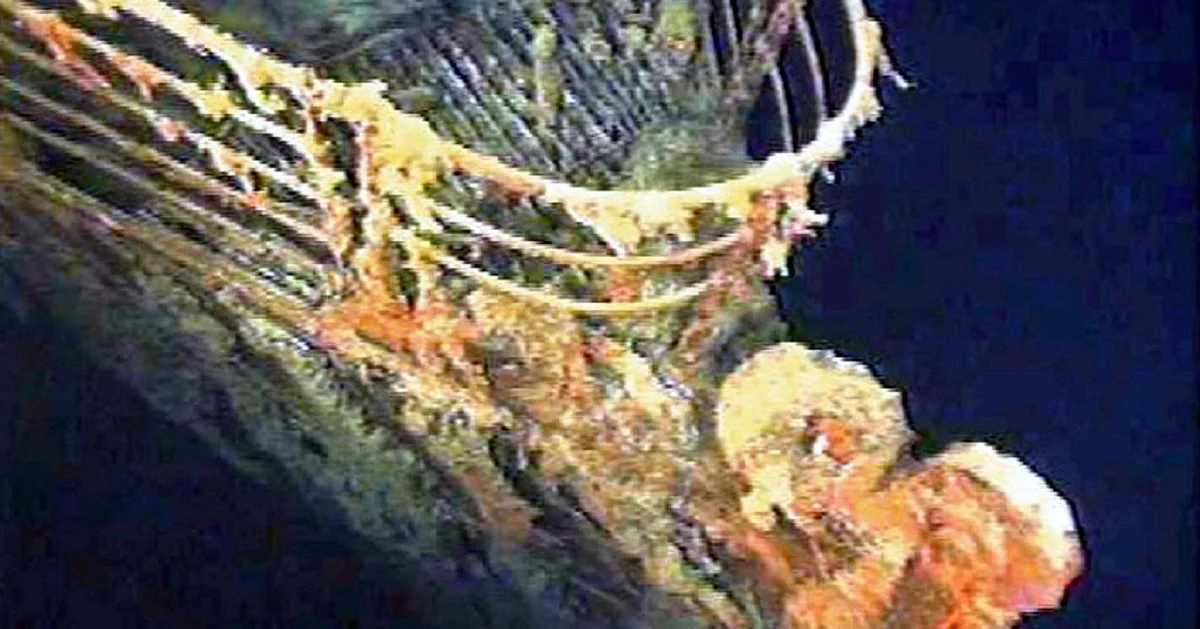By: Benjamin He
TikTok. One of the most popular social media apps in America, one of the most convenient apps in America to use, and one of many currently fighting a war against many of its users.
Some people are astounded to hear how ridiculous both people and conspiracy theories are on the internet these days, but that’s been going on for a while, and it isn’t just TikTok. However, the popular application has given these theorists a new, wider platform that seems to spread misinformation faster than anyone could have imagined.
An example? Take the Titanic. Certain information, such as the amount of people on board, when it hit the iceberg, but there’s that one common fact: It sank to the bottom of the North Atlantic less than a week into its voyage.
But it didn’t?
At least, not according to a large assortment of TikTok users.
Almost 100 years later, someone decided that none of the property damage, none of the deaths, and none of the pain and sorrow actually happened.
In a post that somehow managed to garner over 11 million views, one user wrote that “The Titanic never sank!”
One 32 second post manages to perfectly display the incompetence of human beings to understand basic facts and thoroughly proven scientific information.
A man dressed in a hoodie and a baseball cap looks into the camera, explaining that “The Titanic NEVER actually sank,” while accompanied by a green-screen of a black and white ship(and a smiling emoji, of course), repeating the “swap” theory, a theory disproved so much researchers that the user may as well be flogging a dead horse.
It states that the ruins on the ocean floor instead belong to the Olympic, the Titanic’s older and sister ship, scuttled in an attempt at insurance fraud.
There are even more conspiracy theories, including but not limited to:
– The sinking of the ship was caused by J.P. Morgan.
– A coal fire caused the crash.
– The Titanic was actually painted with an iceberg-shaped pattern to create an optical illusion and fool passengers into believing they were safe in icy waters.
There are a lot more theories, so much so that I wouldn’t be able to fit in this paper, most of them involving either some outlandish evidence that doesn’t make any logical sense, or time travel.
“It becomes kind of deflating to see a lot of this junk coming out,” said Charles A. Haas, a founder of the Titanic International Society who has spent six decades studying the ill-fated vessel. He co-wrote five books on the topic, dived down to the wreck site twice and debunked more conspiracy theories than he cares to count.
And indeed, junk it is.
It wasn’t just now, either.
Just a month after the Titanic had sunk, The Washington Post suggested that the shipwreck was caused by the “ancient malice” of a mummified Egyptian priestess, who cursed an editor after he dared to tell her story to fellow Titanic passengers.
People have also tried blaming it on Winston Churchill, a German submarine, sabotage-minded Catholic shipbuilders, weird deck design, and the Freemasons.
“The sad part is that many of the people following this sort of thing are teenagers, and they are woefully unwilling to do digging,” says Mr. Haas.
TikTok has around 150 million American users and is more popular with youth. It’s also a large hotspot for misinformation, often taking the form of absurd, twisted versions of the truth. Violent dictatorships and plagues that rip through entire countries somehow become golden ages of economic growth and an effort by Bill Gates to stick microchips in our brains.
TikTok, owned by Chinese company ByteDance, has been trying to reduce the number of bizarre and scientifically incorrect theories, like denying the Holocaust, while also dealing with a disturbing number of modern issues, like health hacks and election sabotages.
In a recent survey of young Americans who use TikTok for more than an hour a day, 17 percent “couldn’t say definitively that the Earth is round,” according to the Reboot Foundation, a Paris-based nonprofit that promotes media literacy and critical thinking.
The internet, it appears, is appealing to the general idea that if you give someone the same story enough times, they will question the truth.











